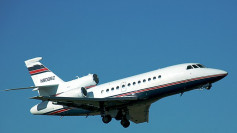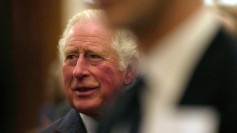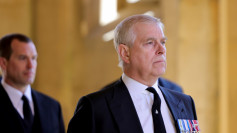Machu Picchu is a world-famous archaeological site, a pre-Columbian architectural marvel that has been studied for decades, and a tourist attraction that attracts hundreds of thousands of visitors each year.
However, according to a new academic paper, the site has been known by the wrong name since its rediscovery more than a century ago.
When Hiram Bingham, a White American historian and explorer, was first escorted to the ancient Inca remains in 1911, he asked a local landowner to record the site's name in his field journal.
Melchor Arteaga, a local farmer, scrawled 'Macho Pischo' in the middle of the page, a phrase Hiram remarked sounded more like 'pecchu' when pronounced aloud.
The name stuck from then on. For more than a century, the globe has repeated this title on maps, in documents, and in history books. Only in the 1990s did several experts question the name.
Many Cusco residents were unaware of the Inca ruins of Machu Picchu until the early 20th century. The mountains on each side of the long-lost city, on the other hand, were well-known.
In most photos, the little and steep mountain behind the ruins is referred to as 'Huayna Picchu,' while the bigger, sloped hill to the south is referred to as 'Machu Picchu.'
Bingham's journals mention a conversation with Adolfo Quevedo, a local politician who referred to the remains as 'Huayna Picchu.'
A local farmer approached Bingham's group a few days later and informed them that nearby were some ruins known as 'Huayna Picchu.' Other ruins, he said, could be found on the peak of Machu Picchu mountain, however, they were considerably smaller in scale than those found closer to Huayna Picchu.
Later, in his journal, Bingham referred to the spot as 'Maccu Piccu, Huayna Pichu.' Only when Arteaga scrawled down the now-famous name in response to Bingham's inquiries did Bingham finally agree on 'Machu Picchu.' But it's possible that Arteaga was referring to the remains of Machu Picchu rather than Huayna Picchu.
"From his field notes and his letter, it appears that in calling the ruined city Machu Picchu, Bingham was following the information provided by Melchor Arteaga," write the authors of the new analysis.
John Rowe, an Andean researcher, was the first to use archival records to suggest that the name Machu Picchu was a misnomer in 1990.
He cited various letters and records from 16th-century Spanish colonists that mentioned a lost Inca city called 'Picchu.'
"In short," the authors conclude, "while Bingham suggested that the name of the fantastic ruins that he brought to the world's attention was 'lost in the shadows of the past' it is of some comfort that continued research is beginning to pierce those shadows and provide insights into the name and history of that city."
The study was published in Ñawpa Pacha.






